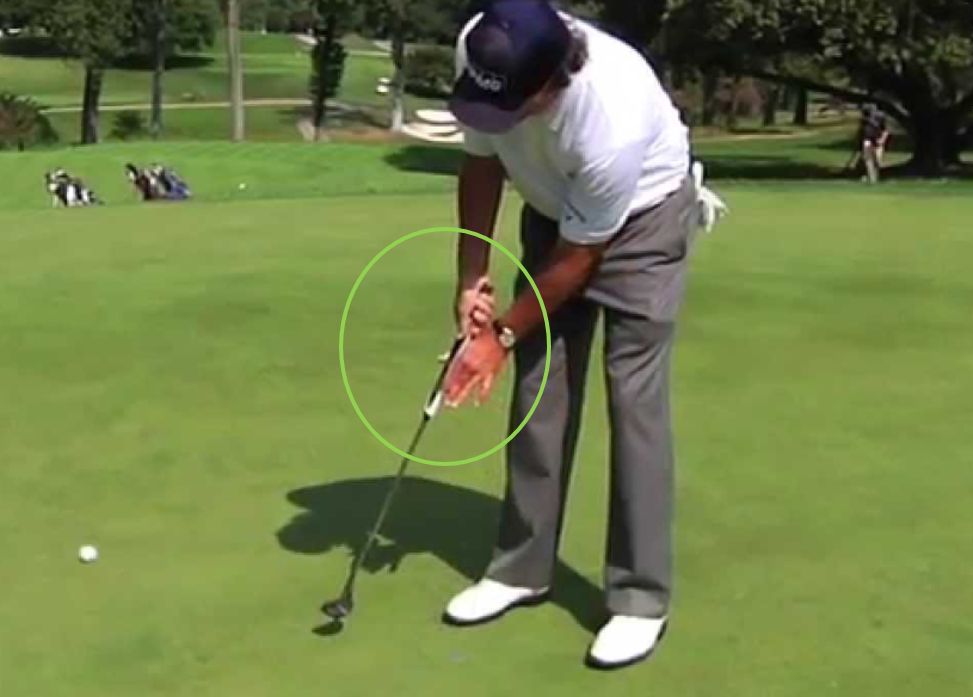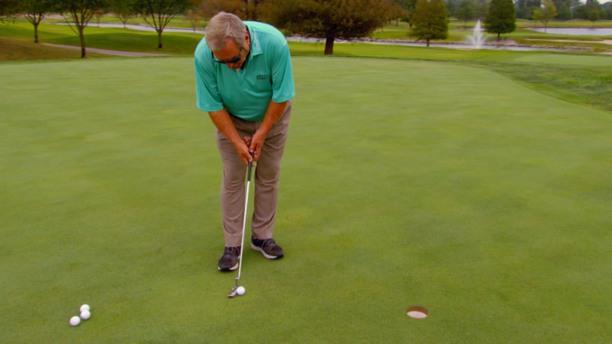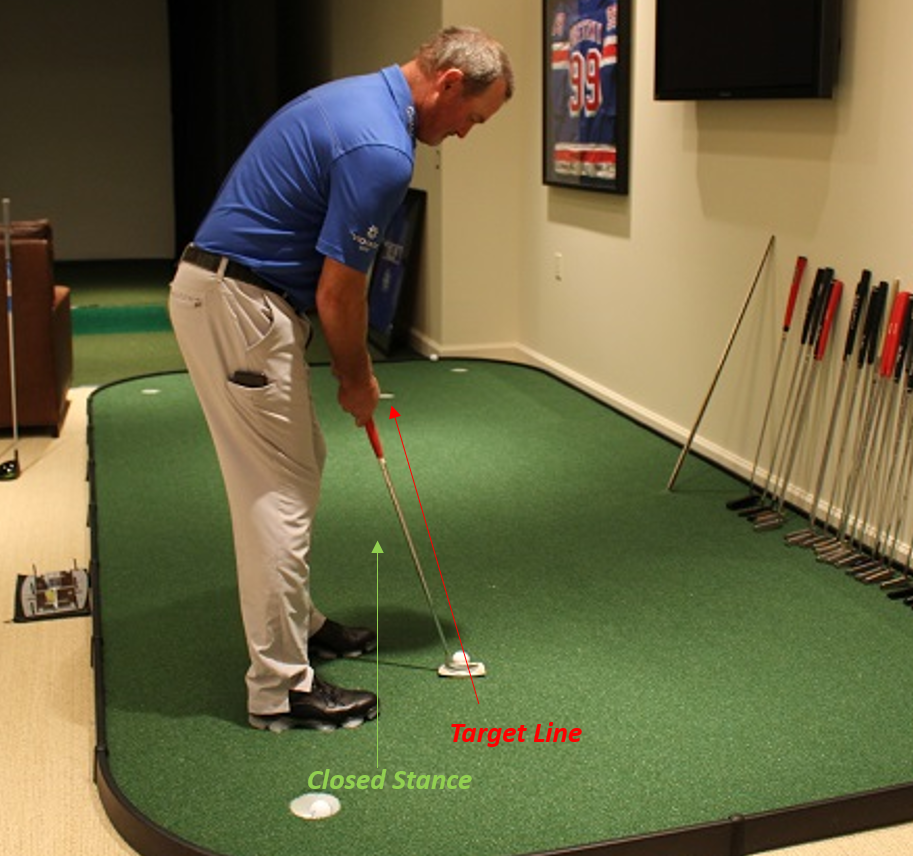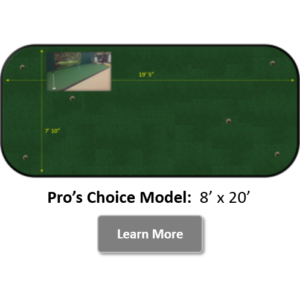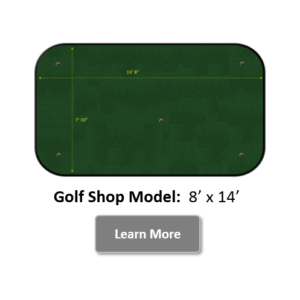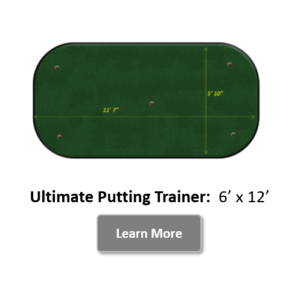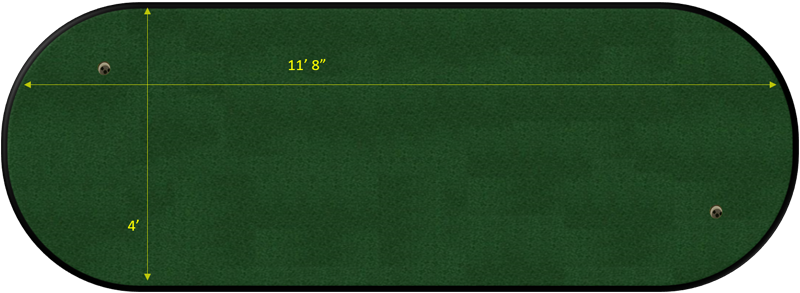This message will be updated as often as possible.
UPDATE 11-27-20
Our products are in INCREDIBLY HIGH DEMAND due to the pandemic and the Christmas Shut Off Date will be earlier this year than ever before.
PLEASE BE SURE TO PLACE ANY CHRISTMAS GIFT ORDERS ASAP. To be safe, orders should be placed by December 2nd, to expect delivery prior to Christmas Day.
Note – Putting Greens larger than 8′ wide are approximately 18 days order to ship.
Putting Greens less than 8′ wide are approximately 16 days from order to ship.
True Strike Hitting Mats, Chipping Pads and Net Packages will ship within 10 days.
All orders ship from North Carolina.
UPDATE: 10-5-20
Given how busy the summer has been, we are expecting to be incredibly busy during the actual “busy season”, Oct – Feb.
Given this reality, we suggest that you purchase for the Winter months ASAP. It is a very real possibility that we will be at our maximum capacity very early into the actual cold season.
We expect standard model turn times to be in the 16-22 days range and custom will be 40 days for sure.
Please do place your orders accordingly.
UPDATE: 8-25-2020
After months of irregular supply chain issues, we are up and running at full tilt.
Standard Model Greens will turn in under 12 days.
True Strike is due back in stock for Early November.
Backyard DIY and Custom Indoor Greens are IN VERY HIGH DEMAND AND WILL TURN IN 36-42 days.
UPDATE: 3:15 PM 4-16-2020
Our turn time has grown to approx 12-14 days from order to ship for Standard Model Putting Greens.
True Strike Orders will be a turn time of 5-6 days from order to ship.
Backyard DIY and Custom are a minimum of 30 days form order to ship
We’re overwhelmed and we simply ask for some patience. We are doing everything we can and shipping as fast as we can realistically ship while keeping people safe.
UPDATE: 11:30 AM April 6, 2020
Quick update, we will be shipping standard model greens, chipping pads and hitting mats, 3+ days per week in the coming weeks. Given that fact, and add to it that we are completely overwhelmed with orders, it may take 7-9 calendar days for your order to ship, at the most. In general, it will be quicker but, please be patient. Thank You!
UPDATE: 12:35 PM March 30, 2020
Unfortunately, shipping will be limited on new orders taken after March 30, 2020.
It looks like we will be able to ship 1 to 2 days per week going forward but the health of our team is the most important thing we can consider at the moment.
If you want to be made aware of timing in the future – FILL OUT A CONTACT FORM on our CONTACT PAGE and we will be sending emails as we know more.
STAY SAFE!!!!!!
UPDATE: 10:44 AM March 26, 2020
The county our main warehouse is in has asked us to stay home for a period of time. With that said, we will be shipping the balance of our existing orders this week and early next. Yesterday alone our guys were able to ship over 42 orders totaling nearly 5 tons of greens, turf and hitting mats.
We will now ship many items from alternative locations but we will only be shipping 3 days per week. UPS has told us they will continue to move no matter what and items will not get stuck in their system as they are certainly an essential business.
UPDATE: 11:30 AM March 24, 2020
We have full freight deliveries happening today and on Friday. Inventory is looking much better than it had been looking yesterday after numerous states have called for an EO to “shelter in place”.
UPDATE: 12:45 PM March 23, 2020
Right now we are shipping, and outbound shipping is supposed to stay moving, according to UPS.
HOWEVER – we could have Putting Green Panel Re-stocking Issues Soon. If Putting Green Panels runout, we will let you know via email and here on the website.
Nets and TRUE STRIKE Hitting Mats are WELL STOCKED.
UPDATE: 11:20 AM March 20, 2020
We are shipping as normal, per the message below, we are told that trade, shipping, and eCommerce should stay open in order to keep any possible business moving.
Right now we are well inventoried and we are not having problems with outbound carrier pickups.
UPDATE: 9:06 AM March 18, 2020
UPDATE from UPS: They are taking all the necessary precautions and have every intent to keep packages moving. UPS has been advised by WHO and CDC that the risk of transmission via package is highly unlikely.
We have had no problem getting inventory or turning inventory back around and getting it picked up.
OPINION: It is unlikely that the Federal Government will want the optics of trade shutting down. Ecommerce will be the SINGLE MOST NORMAL THING AMERICA HAS OVER THE NEXT FEW WEEKS.
BY THE WAY – We, as a TEAM, are moved by the support we’re getting here at Pro Putt Systems from our wonderful customers who are still confident in us and spending money. Thank you so much.
Now here’s what we’re doing for you……
Procedures:
Last week we met with our Team Members here at Pro Putt Systems and we put together a plan to keep our team safe, our customers safe and our families safe.
All Office and Sales Staff will work from home for the foreseeable future.
We have cut our warehouse crew to 3 people.
We have supplied tools, gloves and equipment dedicated to each individual to be sure the 3 are not required to share anything.
We have closed our building to anyone, not on that team of 3.
Each teammate is set up to work in their own designated area.
This will not impede our ability to do business including, designing greens, cutting existing orders, packaging greens, packaging our full product line and shipping greens out via freight carrier.
Installations have been postponed for a period of 21 days at the minimum.
We are prepared and well inventoried.
Procedures for Incoming Inventory:
We’ve implemented a Wash and Wait Policy.
WASH – As inventory arrives, boxes, rolls, and pallets will be sprayed/washed down with anti-virus and anti-bacterial spray.
WAIT – It will then sit untouched for a period of at least 48 hours.
Procedures for outgoing packages:
Again the Wash and Wait Policy is in effect.
Items will be cut and packed so that they can sit for a period of 48 hours prior to being enclosed and collected for the outbound carrier.
These measures are in effect until further notice and we will keep this page updated on a daily basis in order to be as transparent as possible.
Golf Nuts, while we’re home……
THERE’S NEVER BEEN A GREATER NEED FOR AN INDOOR PUTTING GREEN THAN THIS MOMENT.
Stay safe and stay putting!

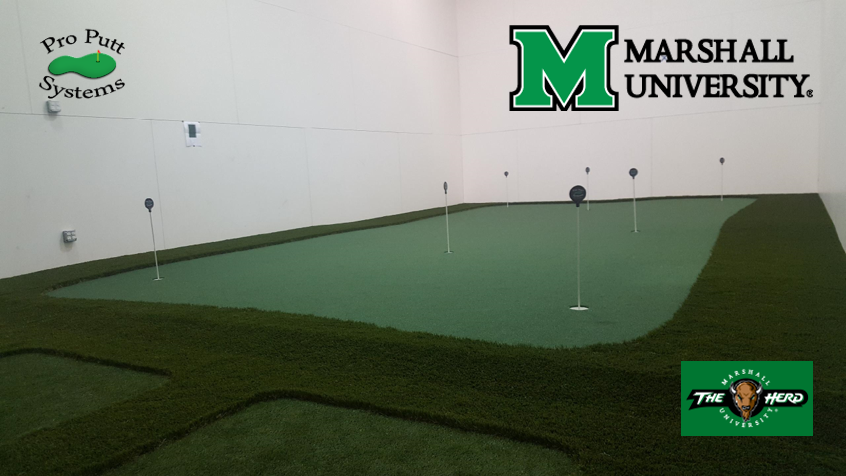
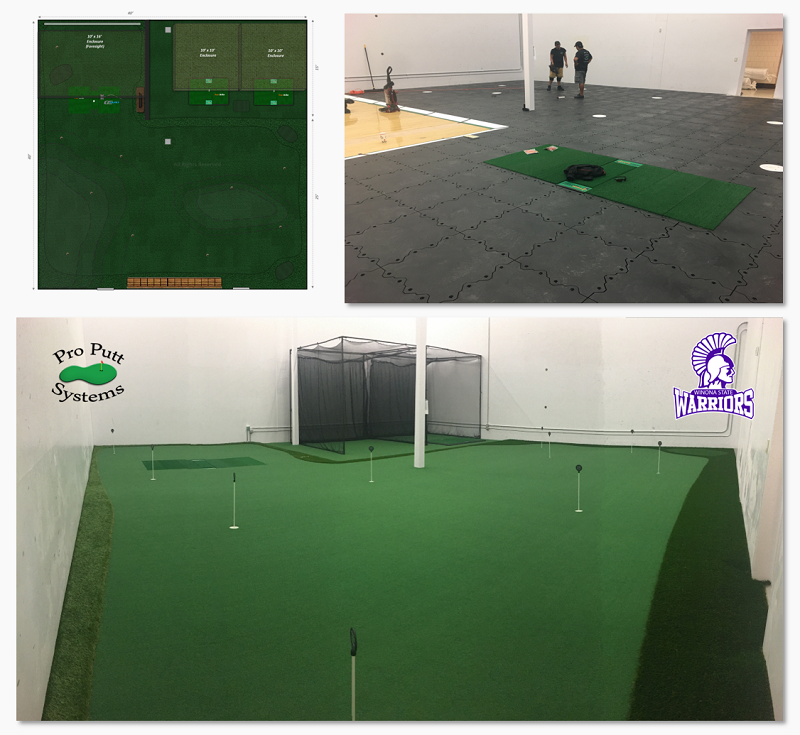
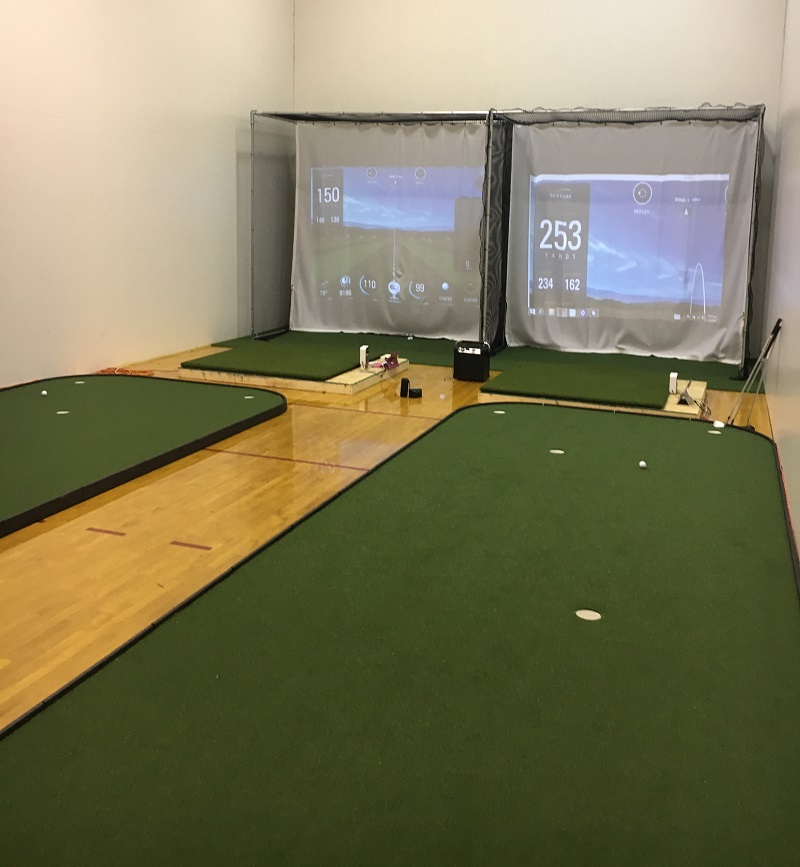
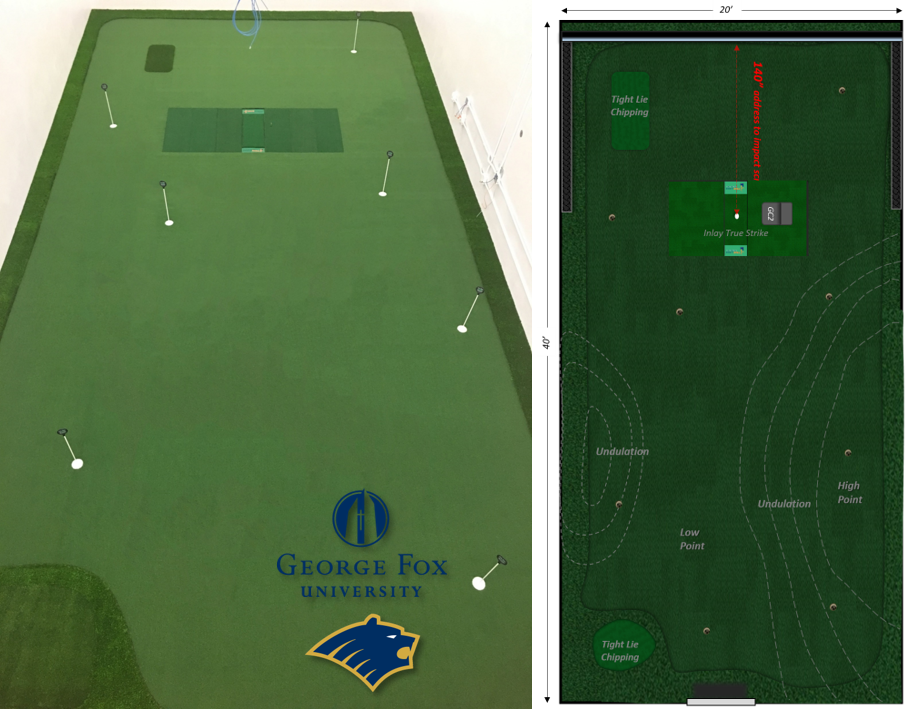
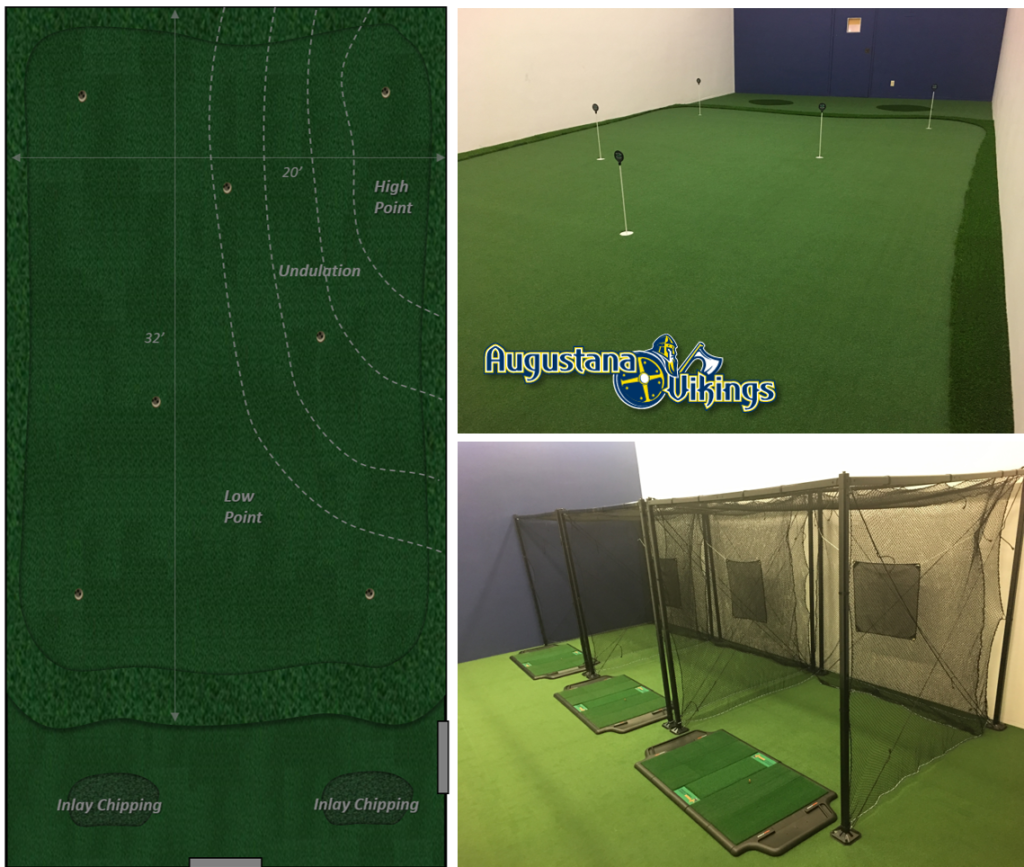
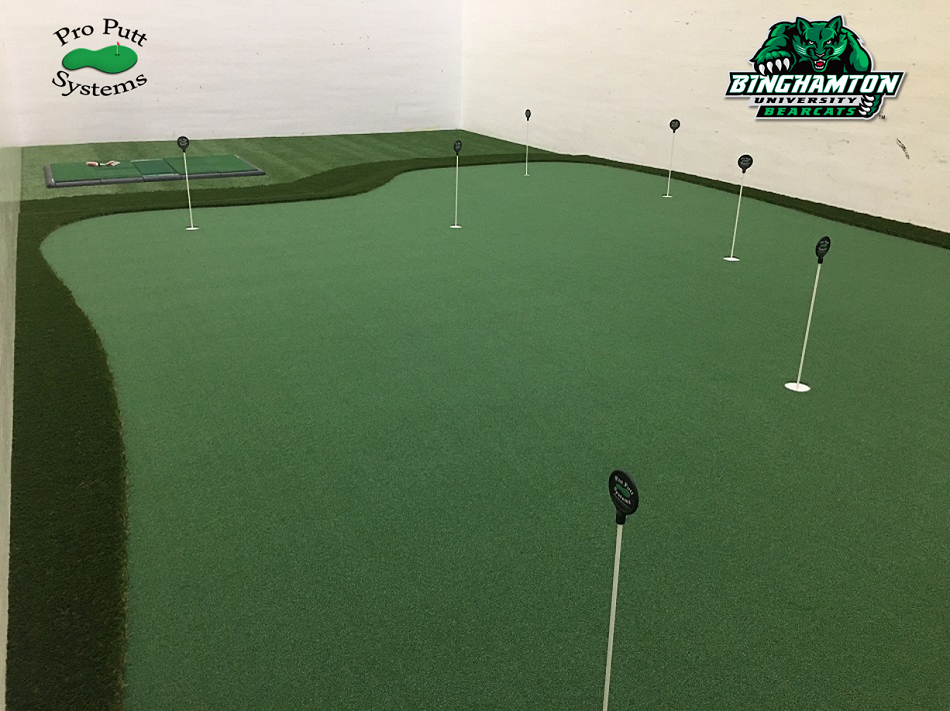
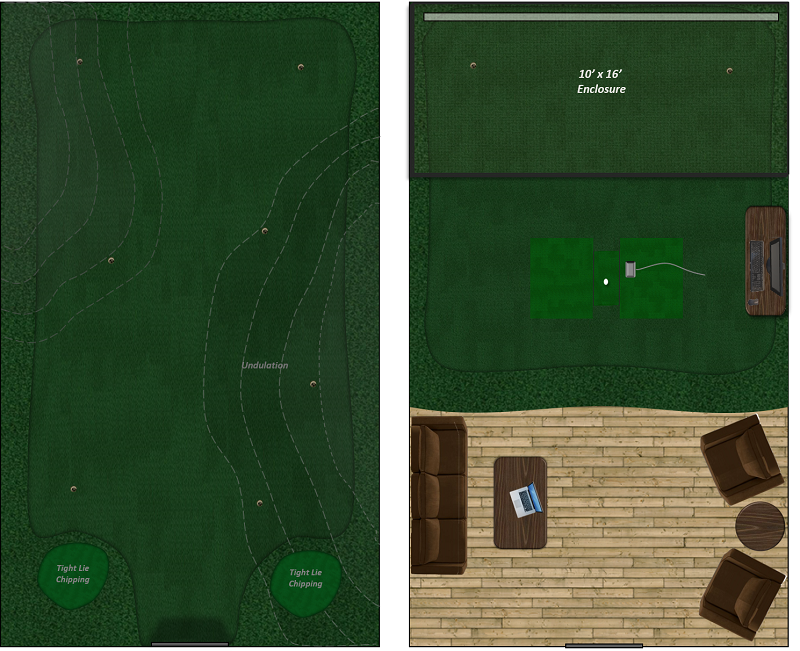
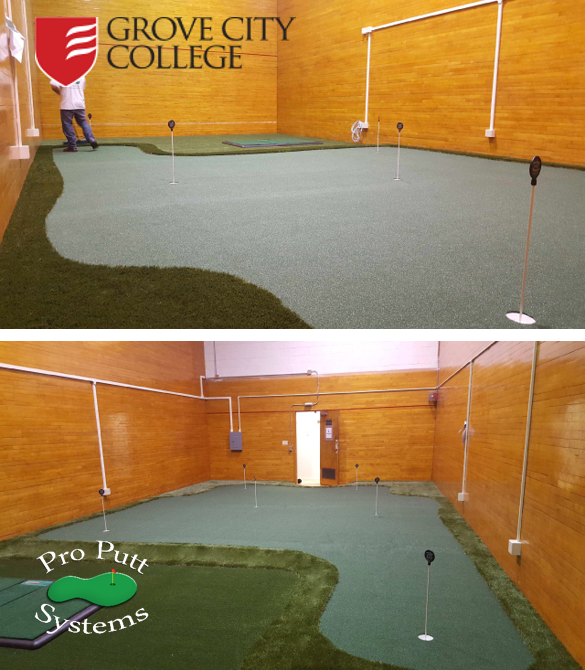
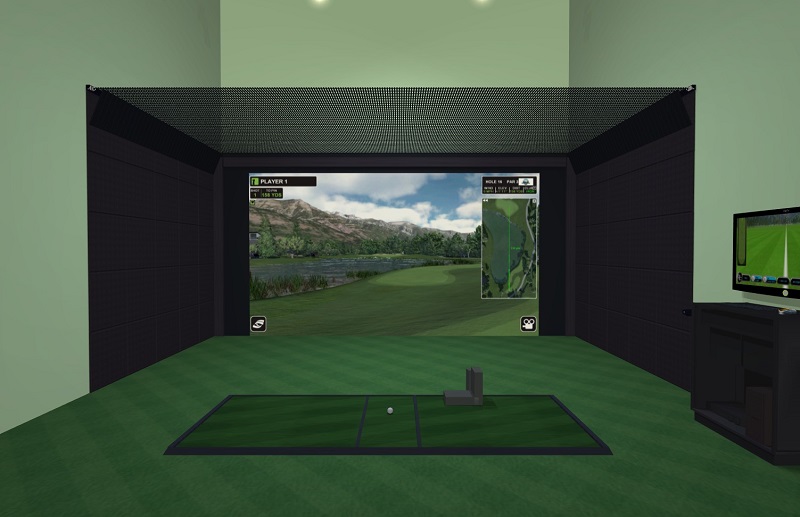


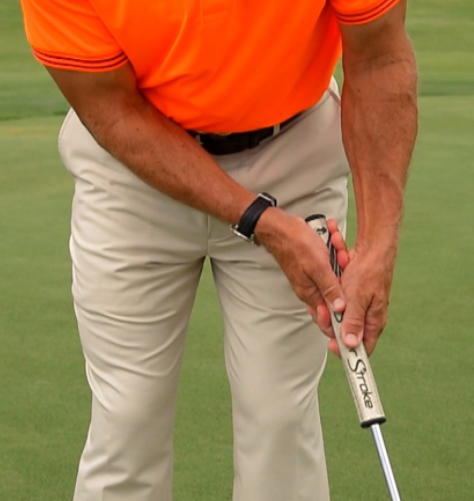 The reasons this technique works for many is because it takes the right hand (for a right-handed player) out of the stroke. The dominant hand is generally the culprit in yippy strokes and it can also cause the stroke to get a bit flippy or handsy.
The reasons this technique works for many is because it takes the right hand (for a right-handed player) out of the stroke. The dominant hand is generally the culprit in yippy strokes and it can also cause the stroke to get a bit flippy or handsy. 